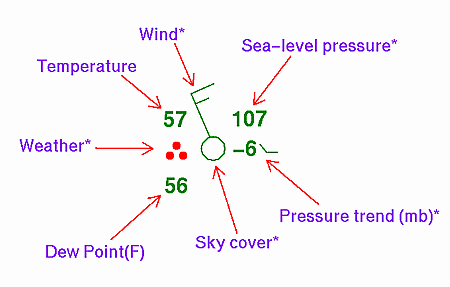As I write this little tidbit after the 1/23/23 weather event that dropped around 6″ of wet heavy snow, with another couple of similar slush events on the way. Believe it or not I have my eyes trained on a more significant system that holds the potential to affect the Northeastern region of the U.S. and Canadian Maritimes on or about Feb 2nd just in time for Imbolk! How fitting that the first stirrings of the earth prior to the Spring Equinox would greet the arrival of a more robust low pressure system. Interestingly the Imbolk system also holds the potential of another arctic outbreak rushing in behind its passage. Specifically between Feb 4-6 with lows in the single digits and highs in the teens. It shouldn’t last long though. Temperatures should moderate by around Feb 7. As time pushes along we’ll see how the rhythm unfolds. In the meantime, I’ll shall amuse myself by keeping watch on how this evolves. : )
Update 1/27/23 We should have another round of Slush sometime on 1/29/23, but at the moment, the potential for the imbolk storm has diminished and guidance models has the much of this potential system going to the south. The snow I thought we might get will miss us and head toward NJ. The bulk of the moisture will affect points from Delaware to the Carolinas. The hills of the Carolinas will likely get a little snow Mostly liquid for those regions. However we will probably still get that burst of arctic air that should blow in behind the front. The cold should still Short lived however.
Update: 2/10/23 Last week’s Imolk adventures turned out like this: The low pressure tracked an additional 100 miles due south and created one heck of an ice storm for the folks from VA trailing all the way through the TN valley and into TX. For us closer to home, the arctic cold front blasted through from the earlier morning hours of 2/3/23, by the earlier morning hours of 2/4/23, the BCC weather station had registered a temperature of -17.6 F! Mighty Cold. Fortunately, the air mass moved out of the region quickly, and the contrast of temperatures offshore generated a storm in the North Atlantic that produced hurricane force wind Earlier in the week on or about 2/7/23. That concludes this segment.
